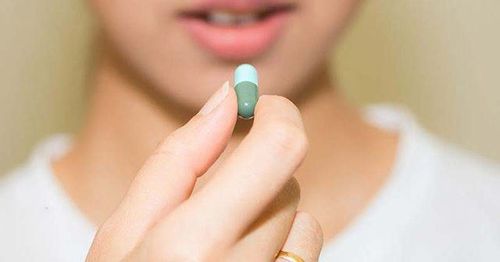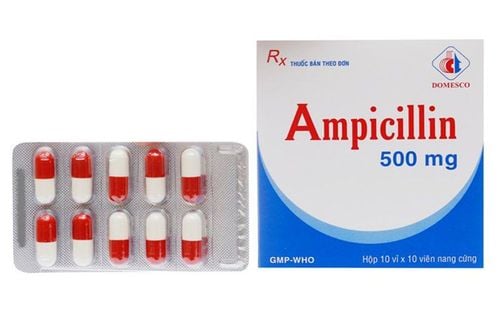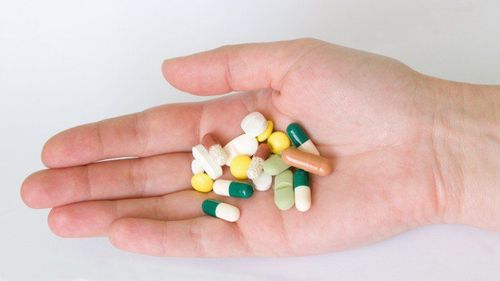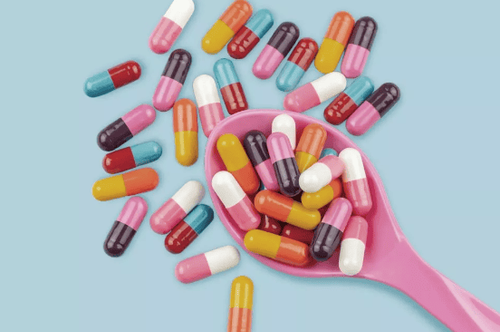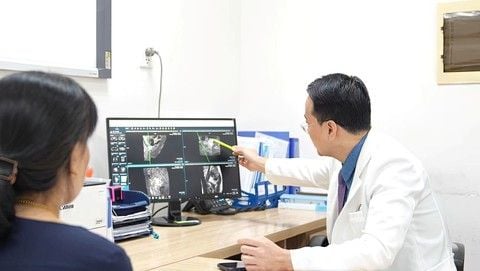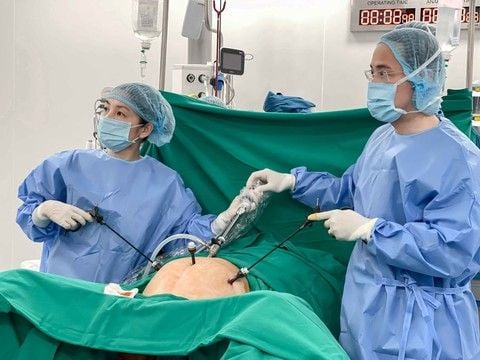Many breastfeeding mothers may need antibiotics to treat illnesses after giving birth. If you are worried about losing your milk supply after taking antibiotics, follow this guide to restore your breast milk effectively.
1. Do Antibiotics Cause Milk Supply Loss?
Many postpartum mothers experience a temporary or complete loss of milk supply due to various factors such as diet, stress, or medication side effects.
While antibiotics treat infections effectively, they may reduce milk supply by interfering with milk-producing hormones.
While some mothers may not notice a difference, others may see a gradual decline or complete cessation of milk supply after antibiotic use.
2. Ways to Restore Breast Milk After Taking Antibiotics
If you are experiencing a reduced milk supply after using antibiotics, here are some effective strategies to help:
2.1 Breastfeed Regularly
- Some mothers reduce or stop breastfeeding during antibiotic treatment for fear of passing the medication to their baby. However, this can signal the body to slow or stop milk production.
- Breastfeed often and ensure your baby fully empties the breast to stimulate milk production.
2.2 Stay Hydrated
- Drink plenty of fluids, especially warm water or lactation-promoting drinks.
- Proper hydration is one of the simplest yet most effective ways to boost milk production.
2.3 Maintain a Nutritious Diet
- Eat a balanced diet with carbs, proteins, healthy fats, and vitamins to recover and boost milk supply.
- Eating a variety of foods can help maintain energy levels and promote a healthy hormonal balance necessary for lactation.
3. Antibiotics That May Affect Milk Supply
Antibiotics work to kill bacteria and viruses that cause disease. However, there are some antibiotics that are not usually prescribed for pregnant and lactating women. If mothers use these antibiotics after giving birth, it can affect the health of the baby or even cause a complete loss of milk. These antibiotics are:
- Metronidazole antibiotics: This type is effective in treating vaginal infections. Mothers who use Metronidazole antibiotics after giving birth can cause the milk to have an unpleasant odor, the milk to change color, the baby to refuse to breastfeed or have loose stools.
- Nitrofurantoin antibiotics: Although this antibiotic does not cause the mother to have to find a way to stimulate milk production after taking antibiotics, it can cause the baby to become anemic. Therefore, mothers need to be careful when using it.
- Chloramphenicol antibiotics: Effective in treating severe anaerobic infections. The side effects of Chloramphenicol are that it can cause skeletal ossification and gray syndrome, which can lead to death in newborns. Postpartum mothers should absolutely not use this antibiotic while breastfeeding.
- Tetracycline antibiotics: Have the effect of treating intestinal diseases. If only treated for a short time, Tetracycline antibiotics can form complexes with calcium in milk and do not affect the baby. However, in the long term, doctors advise mothers not to use this antibiotic.
Penicillins, cephalosporins, macrolides, and aminoglycosides antibiotics are all contraindicated for breastfeeding mothers because they can cause temporary mild diarrhea in the baby. - Vibramycin, Minocine antibiotics: If postpartum mothers use these antibiotics, it can cause poisoning, reduce bone growth, and affect the color of the baby's teeth.
4. Safe Antibiotics for Breastfeeding Mothers
Most antibiotics are not recommended for use by pregnant and breastfeeding women. In some cases where medication is required, mothers should consult their doctor or pharmacist. Do not worry too much because there are many antibiotics that can still be used while breastfeeding without affecting the baby's health. Some antibiotics that mothers can safely take because they are excreted very little in breast milk are:
- Penicillin antibiotics are effective in treating bacterial infections;
- Cephalosporin antibiotics are effective in treating infections of the lungs, ears, skin, urinary tract, throat and bones;
- Fluconazole antibiotics are antifungal;
- Miconazole antibiotics are effective in treating yeast infections;
- Clotrimazole antibiotics are effective in treating yeast and fungal infections;
- Acyclovir and valacyclovir antibiotics are effective in treating herpes infections;
- The antibiotic Erythromycin is effective in treating infections of the skin and respiratory tract.
Some tips to minimize antibiotic impact on milk supply
1. Always consult your doctor before taking antibiotics to ensure they are safe for breastfeeding.
2. Follow the prescribed dosage and duration strictly.
3. Maintain a healthy diet and stay hydrated.
4. Rest adequately and manage stress.
5. Continue breastfeeding during antibiotic use unless explicitly advised otherwise by a healthcare provider.
In conclusion, while it’s sometimes unavoidable to take antibiotics during breastfeeding, there are ways to address any resulting milk supply issues. Breastfeed regularly, stay hydrated, and nourish yourself with a balanced diet. If milk supply is reduced, these methods can help restore it. Always consult with a healthcare provider before taking any medication to ensure both you and your baby remain healthy.
To schedule an appointment at the hospital, please get in touch with the HOTLINE or book directly HERE. Download the MyVinmec App to manage, track, and schedule appointments conveniently anytime, anywhere.
To arrange an appointment, please call HOTLINE or make your reservation directly HERE. You may also download the MyVinmec app to schedule appointments faster and manage your reservations more conveniently.
